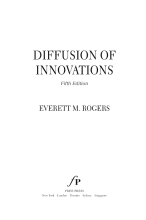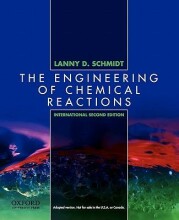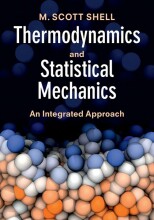Summary: Industrial Separation Processes | 9783110306699
- This + 400k other summaries
- A unique study and practice tool
- Never study anything twice again
- Get the grades you hope for
- 100% sure, 100% understanding
Read the summary and the most important questions on Industrial Separation Processes | 9783110306699
-
2 Evaporation and distillation
-
2.1.1 Introduction
-
When is separation by evaporation possible?
When there is a differece in volatility between compounds. -
What is the basis of planning an evaporation separation step?
The thermodynamics of the vapor-liquid equilibrium need to be known. -
2.1.2 Vapor-liquid equilibria
This is a preview. There are 10 more flashcards available for chapter 2.1.2
Show more cards here -
What is the vapor-liquid equilibrium and how can it be depicted?
The vapor-liquid equilibrium (VLE) is the composition of the phases at thermodynamic equilibrium. -
What is the distribution coëfficient Ki?
The distribution coëfficient is a constant that relates the concentration of component i in liquid with the concentration of i in vapor.
Ki is a function of temperature and pressure. It does not change with changing concentrations. -
How is the selectivity or relative volatility defined?
the higher this number the more efficient separation by distillation will be.
-
What is Dalton's law?
Dalton's law relates the partial pressure of i to the concentration of i in vapor.This is for ideal gases.
-
Why is the relative volatility less sensitive to temperature than the equilibrium ratio?
The relative volatility is dependent on the vapor pressure. -
Does the relative volatility increase or decrease with increasing temperature?
In general the vapor pressure of the more volatile compound increases at a slower rate with increasing temperature than the less volatile compound. Therefor the relative volatility generally decreases with increasing temperature. -
What is a minimum boiling azeotrope?
A minimum boiling azeotrope boils at lower temperatures than each of the compounds in their pure state. -
What is a maximum boiling azeotrope?
A maximum boiling azeotrope boils at higher temperature than each of the compounds in their pure form.
- Higher grades + faster learning
- Never study anything twice
- 100% sure, 100% understanding
Topics related to Summary: Industrial Separation Processes
-
Evaporation and distillation - Separation by single-stage partial evaporation - Flash distillation
-
Evaporation and distillation - Multistage distillation - Distillation cascades
-
Evaporation and distillation - Multistage distillation - Column distillation
-
Evaporation and distillation - Multistage distillation - Feasible distillation conditions
-
Evaporation and distillation - McCabe-Thiele analysis - Internal balances































